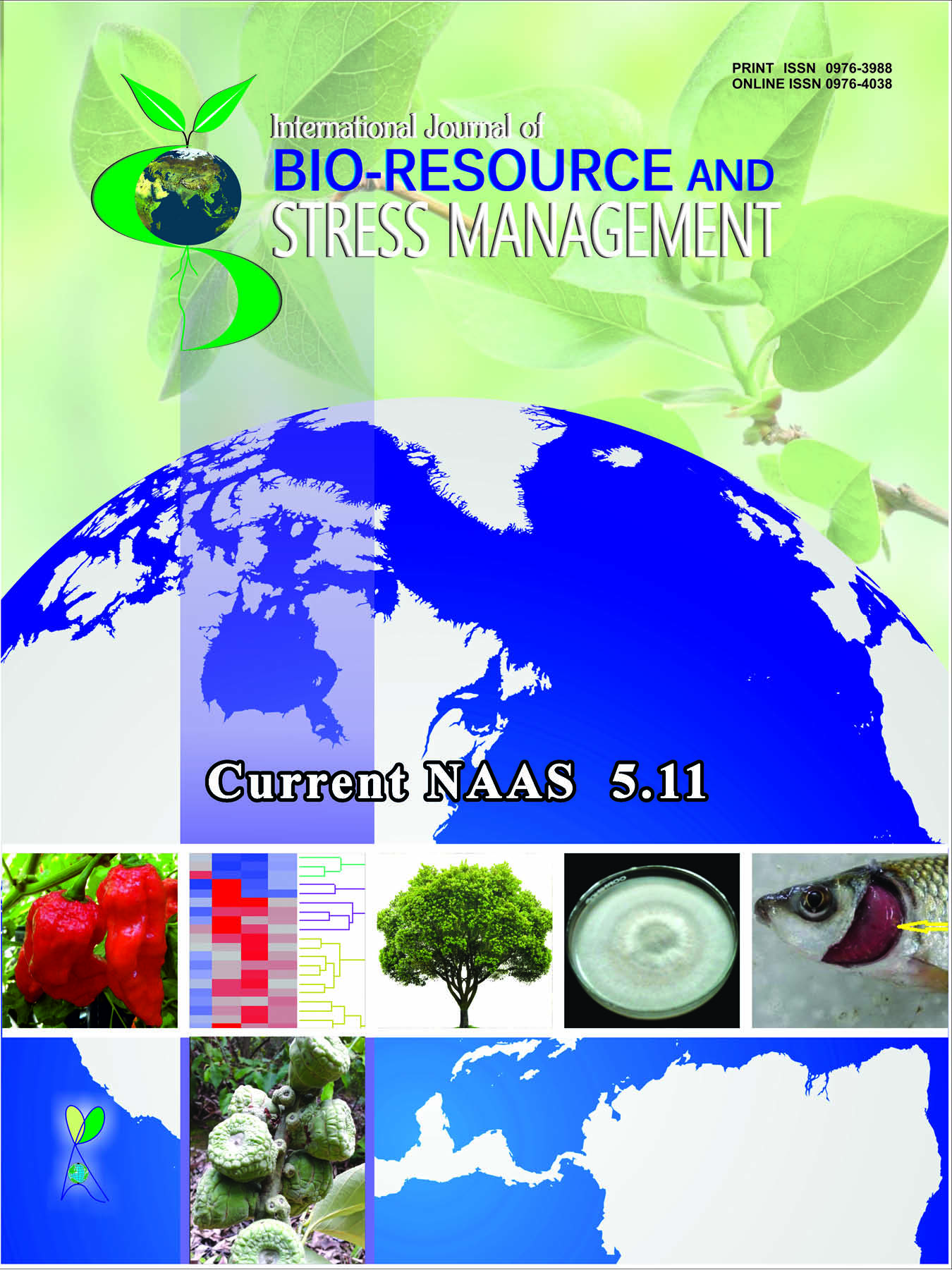Use of Polymers for Alleviating Moisture Stress and Improving Water Use Efficiency in Different Crops in Rainfed Areas
Keywords:
Water absorption polymers, rainfed cropping, water use efficiencyAbstract
This article reviews and summarizes the effect of incorporation of polymers into soil on water holding capacity, soil properties, crop growth, water use efficiency in crops and factors affecting the performance of polymers in increasing the water use efficiency. Earlier studies clearly showed that application of super absorbent polymers (SAP) in to the soil increase water use efficiency in crops. But the determination of optimum amount of polymer for the best performance is influenced by many factors including, climate, polymer type, soil type, temperature, plant species etc. In India, very little research work has been done on use of polymers in agriculture. Of late, polymers are being introduced in India by many firms with different trade names with an aim to promote their use in dryland agriculture for saving water as well as fertilizer nutrients. The rate of application of polymers recommended by different polymer suppliers varies from 2.5 kg ha-1 to 60 kg ha-1 depending upon type of polymer, method of application, crop etc. Because of the above factors, based on the work done abroad, it is difficult to make general recommendations of polymers to different rainfed or dryland crops grown by Indian Farmers in diversified climate, soil and management without systematic research under local conditions and economic evaluation. Thus, it is essential to research on the type, quantity and quality of the polymers under rainfed conditions. This review paper comprehensively highlights the scope of research on use of polymers for enhancing water use efficiency in rainfed conditions.
Downloads
Downloads
Published
How to Cite
Issue
Section
License
Authors retain copyright. Articles published are made available as open access articles, distributed under the terms of the Creative Commons Attribution-NonCommercial-ShareAlike 4.0 International License, which permits unrestricted non-commercial use, distribution, and reproduction in any medium, provided the original author and source are credited. 
This journal permits and encourages authors to share their submitted versions (preprints), accepted versions (postprints) and/or published versions (publisher versions) freely under the CC BY-NC-SA 4.0 license while providing bibliographic details that credit, if applicable.





